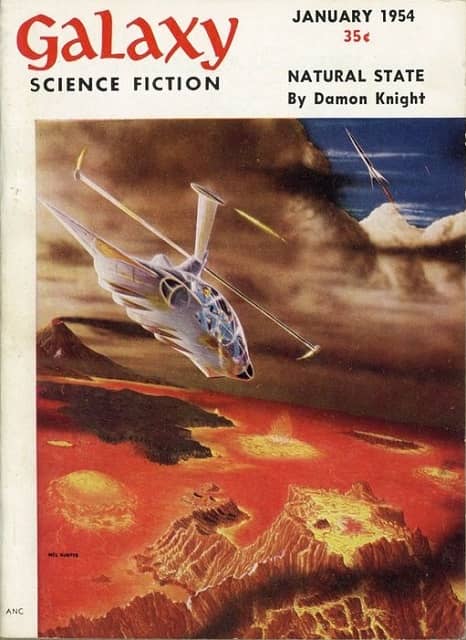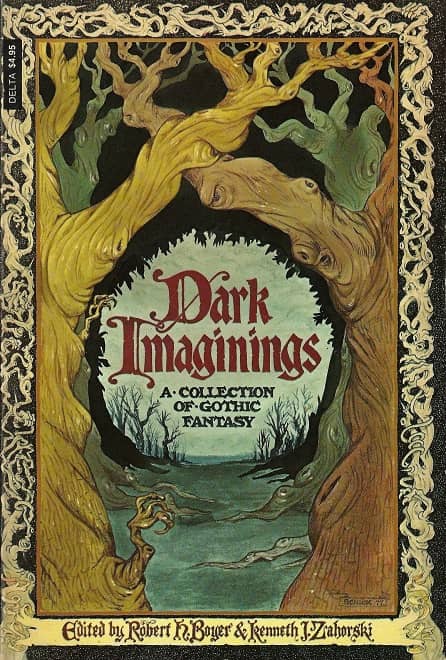Time to Revise Your Lin Carter Bibliography
 Among the couple of boxes of fanzines I picked up a few weeks ago was this oddity.
Among the couple of boxes of fanzines I picked up a few weeks ago was this oddity.
It’s the first (and I suspect only) issue of The Brythunian Prints, dated June 1967. I’ve not been able to find out any information at all on this title. It was a sword and sorcery fanzine, “published by the Brythunian Troop of the Hyborean Legion.”
The editors (Ken Hulme, Jim Feerhmeyer and Greg Shank) dedicate the issue “to L. Sprague de Camp and George Scithers for their kindness and cooperation!” Based on Shank’s editorial, they were apparently students at Toledo University, where they formed an organization called the Northwest Ohio Science Fiction Society.
The fanzine is 16 pages long, five pages of which are a S&S story, “Shandu the Magnificent” by Tom Trotter and Ken Hulme. It’s just as good as you would expect it to be. ?
The most interesting content is two pages of poetry by Lin Carter, under the general heading “War Songs and Battle Cries,” apparently reprinted with Carter’s permission from The Wizard of Lemuria and Thongor of Lemuria. The remaining content is taken up with editorials, limericks by John Boardman (four of which were reprinted from Amra) and a book review of The Fantastic Swordsmen edited by de Camp. The back cover is Tolkien related, as it pictures “Baggins and Trinket” (the Ring).
I’d be curious to know if anyone has any further info on this one.
Doug’s last post for us was The Fellowship of the Ring and the Palantir.














